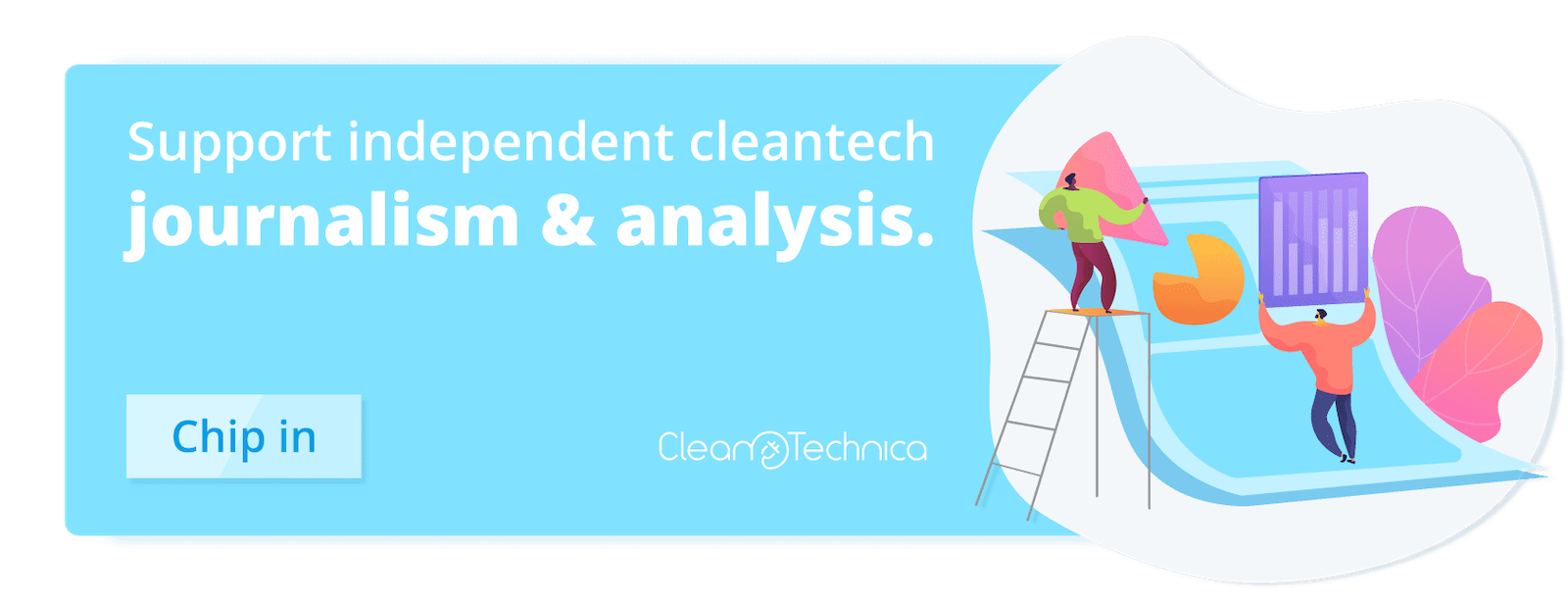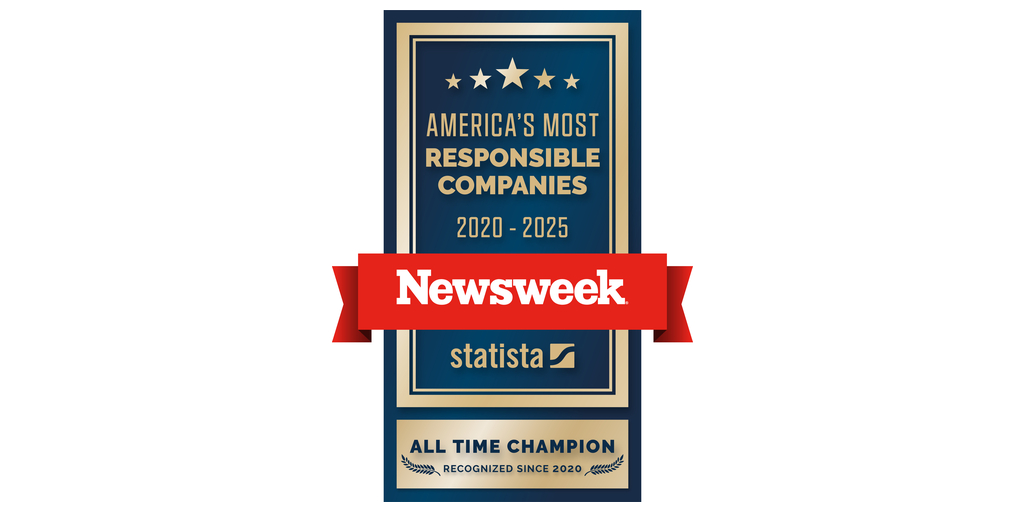
The world needs to reduce greenhouse gas (GHG) emissions to zero before 2050. This is the conclusion reached by virtually all analyses. NRDC’s own modeling shows how this can be accomplished for the United States.
One policy that can help us get there is goal-setting, both mandatory and voluntary. The largest global standard-setting organization, the International Organization for Standardization (ISO), urges organizations of all types—governments at all levels, corporations, business associations, nonprofits, and educational institutions—to set a goal of net zero GHG emissions by 2050, if not sooner. ISO’s “IWA 42:2022” document (linked above) provides “guiding principles and recommendations to enable a common approach with a high level of ambition …” but does not recommend specific actions.
ISO issued a new guidance document, ISO PAS 50010: 2023 in January, which provides concrete recommendations for how an organization can set and meet net zero energy and emissions goals that increase in effectiveness every year. “It distinguishes between several different scopes and boundaries for … different net zero goals and their targets, which are increasingly effective at reducing energy and GHG emissions, and correspondingly more difficult to achieve.” It recommends that the organization develop a multi-year plan to progress from more modest net zero goals to more ambitious ones in further years, resulting in ever-decreasing GHG emissions.
My colleague Ju-Myon Park of Korea and I discussed the content of ISO 50010, the reasoning behind it, and its implications in a paper presented on July 12, 2023, at the ACEEE Summer Study on Energy Efficiency in Industry. The paper and its presentation described the development and content of IOS PAS 50010, and this blog offers a summary.
One key goal of ISO 50010 is harmonizing definitions of key concepts such as net zero, what counts as renewable energy, and how to calculate GHG emissions, so that we can set targets that are mutually reinforcing, rather than engaging in arguments between countries or corporations about whose definitions and rules are better. The ISO standard development process noted that while there are several existing standards on how to describe the issue, they all had more in common than they had differences.
Net Zero is a more credible goal than carbon neutral
The existing Internet articles we examined differ in how they distinguish carbon neutral from net zero, but all of them agreed that net zero was a more credible goal. The World Economic Forum stated that net zero was “the gold standard.” In part, this was because there was no recognized standard for carbon neutrality and because companies claiming carbon neutrality often depended on buying carbon offsets rather than directly reducing the emissions from their operations, or directly installing clean renewable energy. Offsets can often be of questionable validity, with several critiques of named companies arguing that the offsets used by Company X did not result in real or substantial carbon savings.
Another difference cited by World Economic Forum and several other websites was the greater scope of net zero, which was stated to include all GHGs, not just carbon from energy production, and to include upstream elements of the supply chain (so-called Scope 3 emissions), neither of which is always the case. ISO 50010 includes specified parts of Scope 3 emissions for the more advanced level of net zero, but the lower levels are limited to Scope 1 or Scope 2.
The key difference noted in ISO 50010 and highlighted in the ACEEE paper is the preference order for GHG reduction actions. ISO 50010 recommends:
- First, develop and implement Energy Performance Improvement Actions such as increased energy efficiency. This suggestion is placed first because such actions usually have lower cost and ancillary benefits beyond energy and emissions savings.
- Then, transfer the remaining energy consumption to less carbon-intensive or clean renewable energy.
- Then, change the timing of energy consumption to reduce carbon emissions.
The standard discourages the use of offsets, suggesting that the user consider disallowing them outright, and encourages on-site renewables over off-site, and either over financial clean energy acquisition, such as Renewable Energy Credits.
The preference is thus for measurable physical or software actions that can unambiguously be attributed to a single facility or organization, and checked by third parties, over untraceable financial deals.
ISO 50010 also reconciles the differences between a number of national and nonprofit-authored standards for net zero by focusing on different choices of scopes and boundaries of what is being zeroed out, and ranking them in terms of the extent of environmental benefit. The standard then encourages an organization to start with the easiest level of scope and boundaries and proceed in a planned manner—with target dates—to the higher levels.
The levels recommended in the standard, in order from weakest to strongest, are:
- Net zero energy. This level is easiest because, for most organizations, the use of electricity is largest when the electric grid is at its most emissive (right after the sun goes down and solar resources do not produce) and at its least when the sun is shining brightly and solar electricity is displacing almost all polluting generators.
- Net zero carbon, where emissions are calculated for each hour of the day and month of the year so that energy use produces no net emissions from the utility system. Accounting for time of use makes emissions calculations more accurate, and often makes a big difference.
- Net zero carbon including the carbon used to construct the facility, and where relevant the carbon emissions from generating the supplies or parts used by the facility (such as the food supply to a restaurant or the steel for an automobile factory).
- Achieving level 3 plus zeroing out the emissions from transporting people and goods to and from the site (so that an efficient building with solar but located miles from transit and from jobs and services has more carbon to make up for than the same building in a compact, walkable, transit-rich neighborhood).
- Meeting level 4 plus zeroing out downstream usage and disposal. Thus an air conditioner manufacturer would have to account for the emissions produced by the electricity used to run the units and the leakage of refrigerant gases (which are potent GHGs).
This structure improves the credibility of the claims and allows the users to choose the levels that are most appropriate for their economic role and responsibilities, and focuses them on doing the most beneficial things first. For example, if a plant or a building improves its efficiency, then it needs to spend less on renewables, or, better still, can use the same renewable projects to offset even more emissions and thus achieve zero emissions over a broader scope of activities.
Conclusion
If we do not set clear and mutually consistent targets aligned with climate science, we won’t know how to hit the targets and will fall short. ISO 50010 establishes explicit targets and operating methods to achieve them, and thus can assist organizations to set the best goals and then meet them.
Courtesy of NRDC, by Dr. David B. Goldstein, Energy Co-Director, Climate & Clean Energy Program
I don’t like paywalls. You don’t like paywalls. Who likes paywalls? Here at CleanTechnica, we implemented a limited paywall for a while, but it always felt wrong — and it was always tough to decide what we should put behind there. In theory, your most exclusive and best content goes behind a paywall. But then fewer people read it! We just don’t like paywalls, and so we’ve decided to ditch ours. Unfortunately, the media business is still a tough, cut-throat business with tiny margins. It’s a never-ending Olympic challenge to stay above water or even perhaps — gasp — grow. So …




